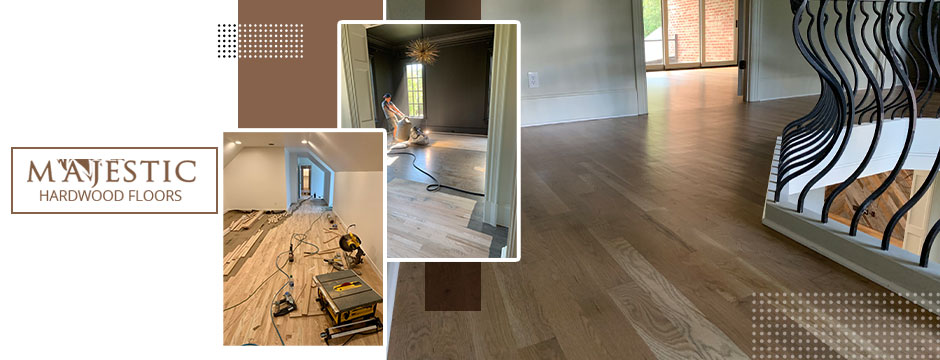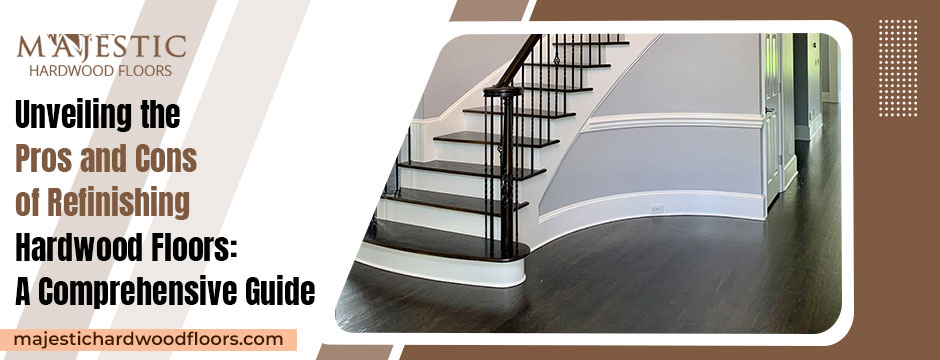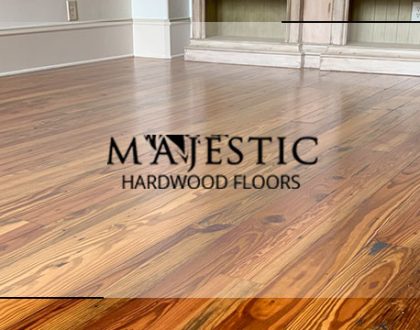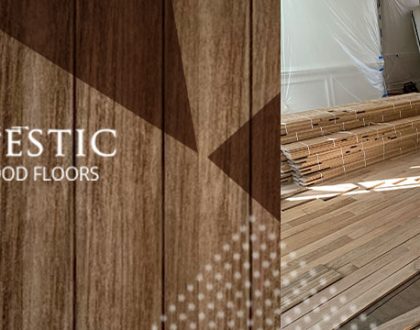Unveiling the Pros and Cons of Refinishing Hardwood Floors: A Comprehensive Guide

Hardwood floors add timeless elegance and warmth to any home, but over time, wear and tear can diminish their luster. Refinishing hardwood floors is a popular solution to breathe new life into your home’s foundation. In this comprehensive guide, we’ll explore the pros and cons of refinishing hardwood floors, providing valuable insights for homeowners considering this transformative process.
Pros of Refinishing Hardwood Floors
- Restoration of Aesthetic Appeal: Refinishing hardwood floors is a powerful way to revive the natural beauty of your flooring. It involves sanding away imperfections, scratches, and stains, followed by the application of a fresh finish. This process can bring back the original luster and color of the wood, enhancing the overall aesthetic appeal of your home.
- Increased Property Value: Well-maintained hardwood floors contribute significantly to a home’s resale value. Refinishing not only restores the visual appeal but also showcases a commitment to maintaining the property. Potential buyers often perceive refinished hardwood as a valuable investment, making your home more attractive in the real estate market.
- Cost-Effective Compared to Replacement: Refinishing is a more cost-effective option compared to replacing hardwood floors. Installing new flooring involves substantial material and labor costs, while refinishing allows you to preserve the existing wood with a fraction of the expense. It’s a budget-friendly solution for homeowners looking to update their space without breaking the bank.
- Customization Possibilities: Refinishing provides an opportunity to customize your hardwood floors to match evolving design trends or your personal style. You can choose from various finishes, including matte, satin, or high-gloss, and even explore staining options to achieve the desired color. This flexibility ensures that your floors align with your interior design vision.
- Environmentally Friendly: Opting for hardwood floor refinishing is an environmentally friendly choice. Instead of discarding and replacing the entire flooring, refinishing allows you to extend the lifespan of your existing hardwood. This conservation of resources aligns with sustainable practices, making it an eco-conscious decision.

Cons of Refinishing Hardwood Floors
- Disruption and Mess: The refinishing process can be disruptive to your daily life. Sanding the floors creates dust, and the application of finishes emits odors. This can necessitate temporarily relocating from your home during the refinishing period. Additionally, thorough cleaning is required after the process to remove residual dust and debris.
- Time-Consuming: Refinishing hardwood floors is a time-consuming endeavor. The process typically involves multiple steps, including sanding, staining (if desired), and applying multiple coats of finish. Drying times between coats also contribute to the overall duration. Homeowners should plan for the inconvenience of being without access to their floors for several days during the refinishing process.
- Potential for Damage: While professionals are skilled in refinishing, there is a potential for damage to occur during the process. Over-sanding or uneven application of finishes may lead to irreparable harm to the hardwood. It is crucial to hire experienced and reputable professionals to minimize the risk of such mishaps.
- Limited Frequency of Refinishing: Hardwood floors have a finite thickness, and each refinishing removes a portion of that thickness. As a result, there is a limit to how many times hardwood floors can be refinished. Excessive refinishing can compromise the structural integrity of the flooring, potentially necessitating replacement.
- Chemical Exposure: The chemicals used in the refinishing process, such as those in wood stains and finishes, can emit volatile organic compounds (VOCs). These fumes can be bothersome and pose health risks, particularly to individuals with respiratory issues or sensitivities. Adequate ventilation and choosing low-VOC or VOC-free products can help mitigate these concerns.
Conclusion
Refinishing hardwood floors is a transformative process that offers numerous benefits but comes with its share of challenges. Homeowners must carefully weigh the pros and cons to determine if refinishing aligns with their preferences, lifestyle, and budget. While the disruption and potential for damage are considerations, the restoration of aesthetic appeal, increased property value, and customization possibilities make refinishing an attractive option for those looking to breathe new life into their hardwood floors. By understanding the intricacies of the refinishing process, homeowners can make informed decisions that contribute to the long-term beauty and durability of their hardwood flooring.
Recommended Posts

Exploring the Top Three Types of Hardwood Flooring for Timeless Elegance
December 13, 2023


